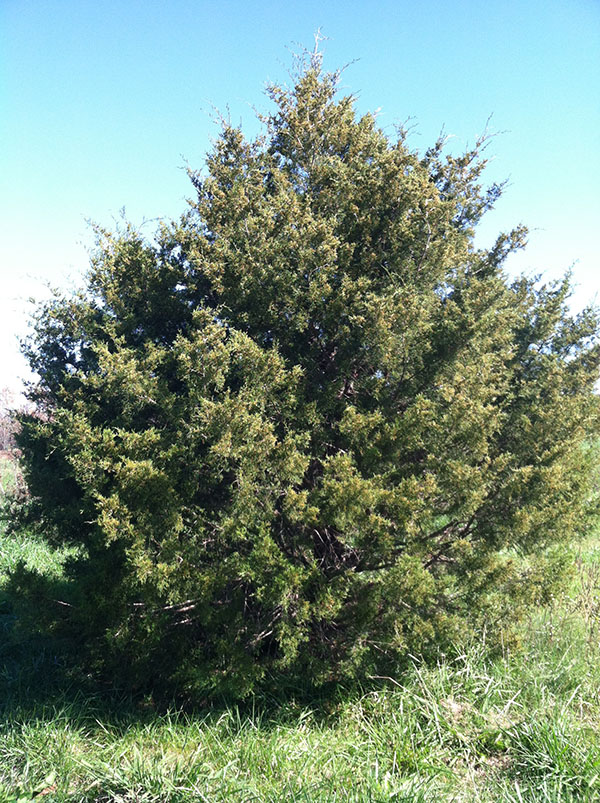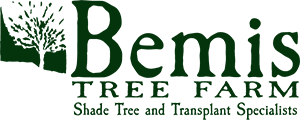
Juniperus virginiana
Description: The Eastern Red Cedar is an upright evergreen tree that typically grows up to 30 feet tall with a spread of approximately 20 feet. It is known for its moderate to fast growth rate, making it a popular choice for landscaping and natural settings.
Twig/Bark: The bark of the Eastern Red Cedar is dark in color and has a tendency to peel, adding visual interest to its structure.
Leaves: The foliage consists of needle-like leaves that range from medium to dark green during the growing season. In winter, the leaves may transition to a bronze-brown hue. Notably, the new leaves emit a distinct odor when crushed, which adds to the tree’s sensory appeal.
Flower/Fruit: The flowers of the Eastern Red Cedar are inconspicuous, with male flowers appearing as small, yellow-brown cones. Female trees produce green to blue-green berries by mid-summer, which provide additional visual interest and attract wildlife.
Habitat: This species is adaptable to a wide range of soil types, thriving in environments that vary from hilltops to bottomlands. However, it prefers well-drained soil for optimal growth. The Eastern Red Cedar’s ability to adapt and its moderate to rapid growth rate make it a versatile option for various landscaping applications.
